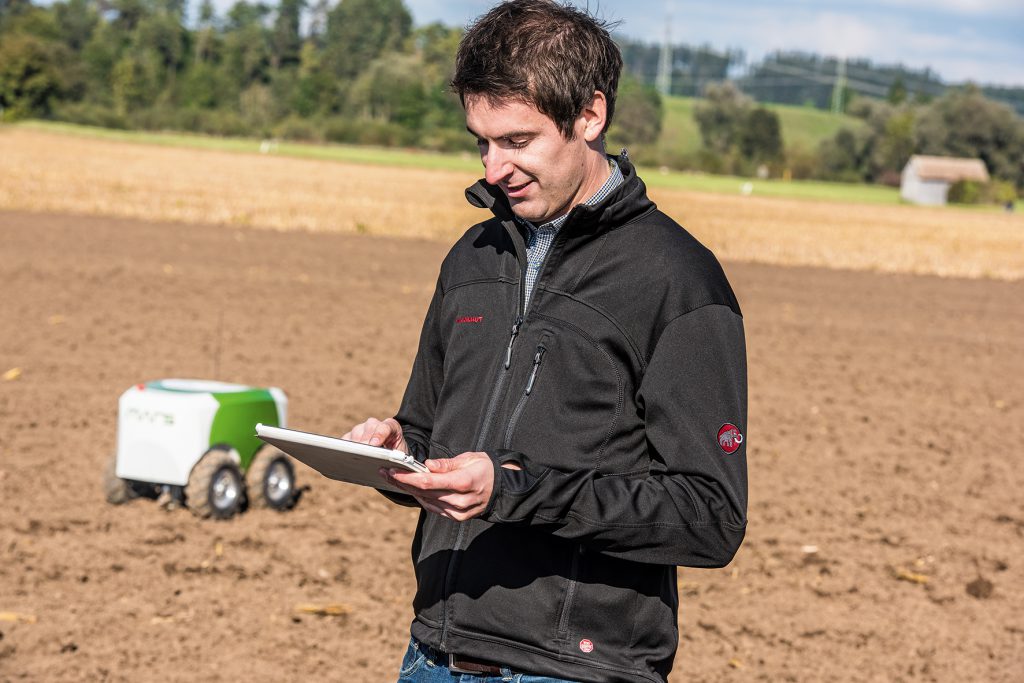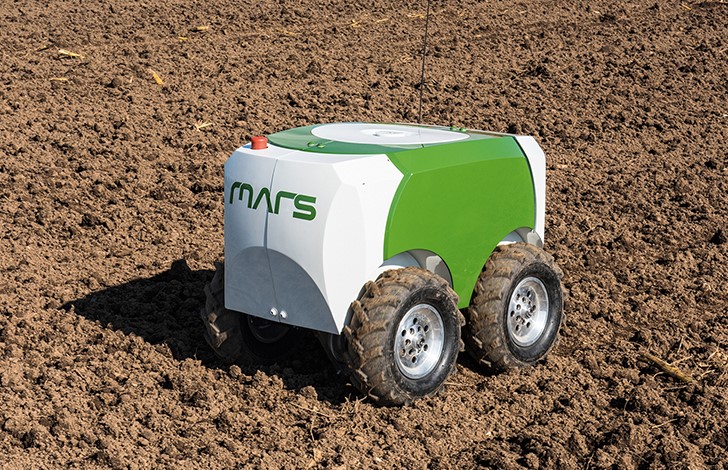Autonomous, driverless tractors are actively being tested around the world – typically on vast farms in the likes of the USA, Australia and Eastern Europe.
Industry sources have indicated that New Holland is currently putting a prototype unit through its paces here in Ireland – on one of Bord na Mona’s vast bogs.
We haven’t been up close and personal with this tractor yet; nor do we know its specifications. It is believed to be based around a T6 skid unit, though it is reportedly “far from a standard tractor”.
Sources indicate that, while there is a cab, the tractor has been designed as a dedicated, driverless unit. It can supposedly run for up to 18 hours at a time – with no human on board. It apparently uses (RTK-corrected) GPS technology and sensors – to chart its path and avoid obstacles and hazards.
The tractor is believed to be gainfully employed, coupled to peat milling machines. For more information on this intriguing development, watch this space…
‘Space-age’ crop planting
Also on the theme of driverless agricultural vehicles, Fendt’s (and parent company AGCO’s) so-called MARS project has just been awarded a ‘Silver Medal‘ in the run-up to this year’s giant Agritechnica show in Germany.
MARS uses small robots operating in swarms, communicating via the ‘cloud’, to plan, monitor and accurately document the precise planting of crops such as cereals – as well as actually planting the seeds of course.
According to Fendt, satellite navigation and data management in the cloud allows operations to be conducted round the clock. The position and planting time of each seed is recorded. Knowing this, says Fendt, opens up new potential for the rest of the process; fertiliser and chemical applications can be tailored to suit.
A MARS system consists of six or more units; together they can supposedly cover around 1ha/hour. Each robot is in constant communication with the controller. Data buffering and redundant communication helps cover breaks in network coverage.
If a robot fails, the paths of all other units are automatically recalculated; the remaining robots take over. You can also plant a mixed crop in the field, because each robot can be filled with different seeds.
Each robot has a battery-operated, electric motor with an output of just 400W. Each unit is relatively small; they weigh just 50kg. This, says Fendt, means that they can operate in conditions where large-scale, conventional tractors would struggle (due to marginal ground conditions). Ground pressure, says Fendt, is almost negligible – at just 200g/cm².
The company also says that the robots need 70% less energy to do the same work. Since neither diesel nor oil is required, there is no leakage and no local emissions.



